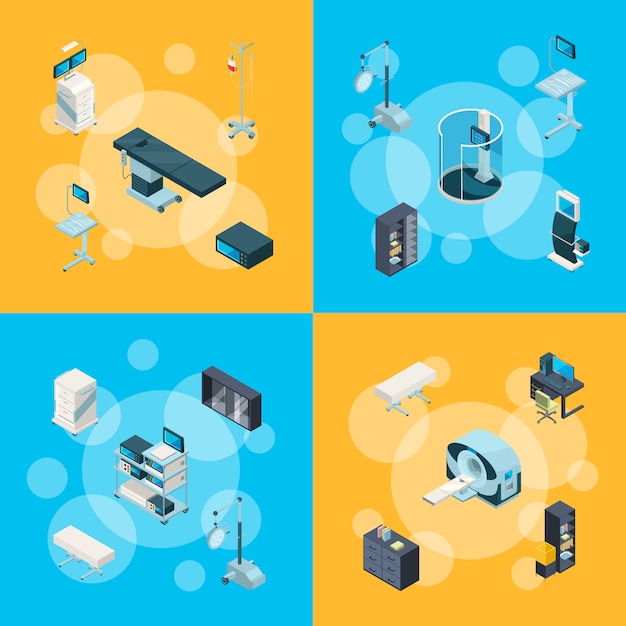In the United States, not everyone has the same access to financial opportunities. There are millions of people living in areas that are underserved by traditional banks, from remote tribal lands and isolated farming towns to urban neighborhoods that have been neglected for years. This is a complex issue that’s been around for a long time, and it’s not easy to solve. But that doesn’t mean people aren’t trying to fix it.
One group that’s really making a difference is a network of local and regional banks known as Community Development Financial Institutions (CDFIs). There are over 1,300 of these banks serving low-income communities across every state and most U.S. counties.
So, what exactly is a CDFI? These are banks and credit unions that focus on helping people and small businesses that are often overlooked by mainstream financial institutions. They often work with populations that have been historically disadvantaged, such as people living in rural areas, Native American tribes, and urban communities of color. These communities often have lower incomes, lower net worth, and lower credit scores than other communities.
CDFIs offer financial products tailored to these communities. While each CDFI is unique, they generally offer loans to people with lower credit scores, and sometimes they don’t even consider credit scores when evaluating loan applications. They also offer checking and savings accounts with lower minimum balance requirements and lower fees.
But CDFIs do more than just offer financial products. They work with their customers to improve their financial literacy and capacity over time. They’re not just interested in one-off transactions; they want to build lasting relationships. They also invest in local businesses and businesses that invest back into the communities they serve.
CDFIs have a long history of supporting underserved communities, from minority-owned banks and rural cooperatives in the early 20th century to credit unions during the Great Depression. The modern CDFI movement started with the Riegle Community Development and Regulatory Improvement Act of 1994, which created the Community Development Financial Institution Fund.
CDFIs manage over $220 billion, and their borrowers are diverse: 84% are low-income, 60% are people of color, 50% are women, and 27% live in rural areas. They work to keep capital in the communities they serve, lending out $8 for every $1 they receive in public funding. And they do this while maintaining a very low default rate.
CDFIs are supported by the CDFI Fund, which promotes community development in low-income areas. To become a CDFI, a financial institution must apply for certification through the U.S. Department of the Treasury and meet several criteria. Once certified, CDFIs can apply for awards and grants from the CDFI Fund, which help them finance activities that might otherwise be out of reach.
There are four types of CDFIs: Community Development Banks, Community Development Credit Unions, Community Development Loan Funds, and Community Development Venture Capital Funds. Each type offers a different mix of products and services to different audiences.
CDFIs might not be well-known to many people, but they play a crucial role in supporting underserved communities. Some are nonprofits, while others are for-profit. They are regulated by state and federal agencies and get their funding from a mix of private deposits and public funding.
If you’re interested in finding a CDFI in your area, you can use the Opportunity Finance Network’s CDFI locator.
In conclusion, if you’re looking for a deeper relationship with your financial institution, especially if you’re planning to start or expand a business in an underserved area, a CDFI might be a good choice. Working with a CDFI isn’t a quick path to wealth, but it does mean partnering with an organization that truly cares about you and your community.
